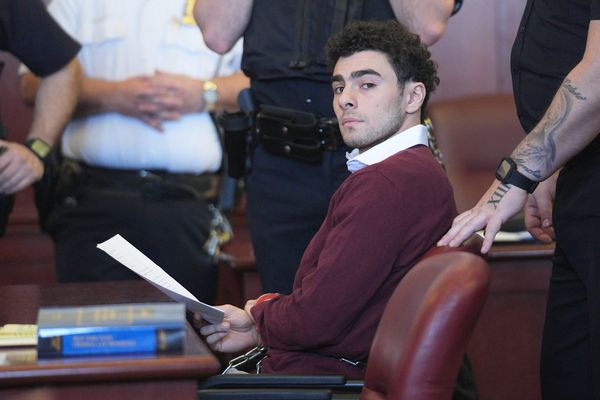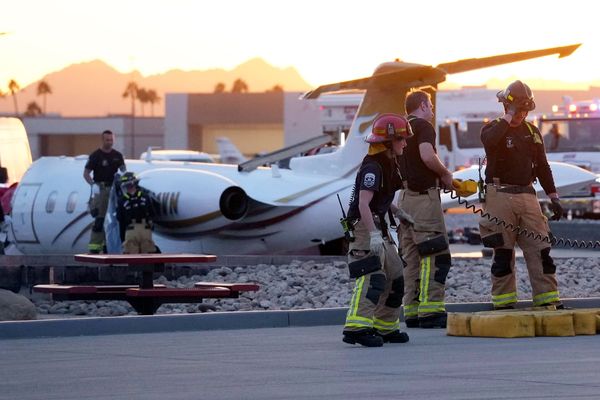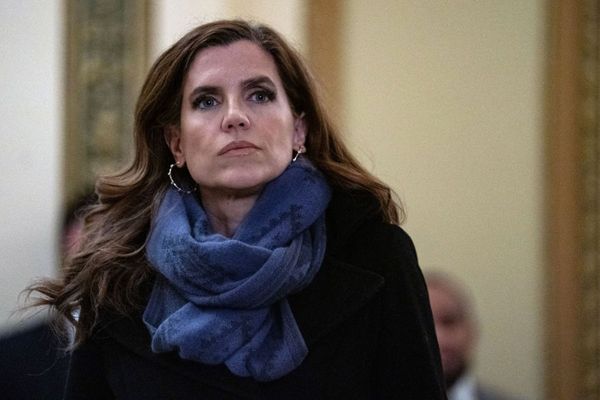
According to Parwez, urban India was the most underserved region until the 1990s because urban design was out of step with connection or transportation difficulties. He claimed that moving individuals from individualised transportation modes into multi-modal transportation systems and onto public transportation was the biggest problem in urban mobility.
Addressing a session on the Future of Mobility at the Bengaluru Tech Summit 2022 (BTS 2022) on Friday, Parwez said as part of the second and third phase of the project, Bengaluru will have 314 km of metro rail connectivity by 2041. He said construction of metro lines was progressing well on the airport side.
Also Read: Skyscraping rents: How living in metros in India has become costlier than before
According to Parwez, BMRCL receives a lot of support from mobility start-ups to guarantee that commuters have last-mile connectivity. He claimed that in order to get people to the nodal point and on their way to work, the Corporation is collaborating with mobility service providers.
In order to make it easier for passengers to board and exit both forms of transportation, he said the corporation was in discussions with the Bengaluru Metropolitan Transport Corporation (BMTC) about installing bus stops at metro stations. Although the Karnataka government had put a stop to their operations, he suggested bike taxis and carpooling should be encouraged.
Also Read: Why does Bengaluru get flooded? Who is responsible for this man-made disaster?
BMRCL, according to Anjum Parwez, is developing a transit-oriented community where commuters reside close to the stations and their places of employment. Additionally, he stated that BMRCL plans to combine all aggregators by releasing a commuter mobility card.
Anjum Parwez said, recently, Namma Metro introduced digital payment options, such as QR code scanning and unified payments interface (UPI)-based payment options, which have been well received by commuters. He added that since there is no longer a need to wait in lines to purchase tickets or cards, there is no waiting time for passengers who are in a rush.
(With ANI inputs)








